Harm Reduction as an Essential Public Health Imperative:
A Clinical and Public Health Perspective
(Authored by an experienced Clinical Psychologist & Public Health Specialist)
Introduction
Harm reduction services constitute critical front-line public health interventions for people who use drugs (PWUD). This population faces profound barriers to health and social services due to pervasive stigma, systemic discrimination, and criminalization, rendering them uniquely vulnerable to adverse health outcomes (Harm Reduction International, 2022). Despite robust evidence of their efficacy, these services frequently encounter political and funding constraints that jeopardize sustainability and accessibility (Des Jarlais et al., 2009). Harm reduction must be categorically recognized and resourced as an essential health service, integral to ethical public health practice and social justice (WHO, 2022).
I. Biological and Structural Vulnerabilities of PWUD
A. Compromised Immune Function and Comorbidities
- Chronic opioid or stimulant use dysregulates immune responses via opioid receptors on immune cells, increasing susceptibility to infections (Volkow & Blanco, 2021).
- Injection drug use elevates risks for HIV, hepatitis C (HCV), and endocarditis (Mathers et al., 2008). Example: Meta-analyses show 50% reduced HCV acquisition risk with opioid agonist therapy (OAT) (Degenhardt et al., 2017).
- Smoking drugs (e.g., heroin, crack cocaine) causes pulmonary damage, exacerbating respiratory conditions (National Institute on Drug Abuse, 2020).
B. Structural Barriers Amplifying Risk
- Criminalization and stigma deter healthcare engagement, with <50% of PWUD accessing treatment globally (Harm Reduction International, 2022).
- Service access burdens: Daily supervised OAT dosing and in-person syringe programs conflict with work, childcare, or mobility limitations (Strathdee & Beyrer, 2015).
- Social isolation correlates with heightened overdose mortality due to reduced bystander intervention (Marshall et al., 2011).
II. Evidence for Harm Reduction Efficacy
A. Infection Prevention
- Needle and Syringe Programmes (NSPs): Reduce HIV transmission by 48% and HCV incidence by 56% in Europe when coverage is high (EMCDDA, 2020).
- Combined Interventions: OAT + NSPs reduce HCV acquisition by 74% compared to isolated approaches (Degenhardt et al., 2017).
B. Overdose and Mortality Reduction
- Supervised Consumption Sites (SCS): Facilities like Vancouver’s Insite report 35% fewer overdose deaths (Marshall et al., 2011).
- Naloxone Distribution: Associated with 67% declines in ambulance calls for overdoses (Des Jarlais et al., 2009).
C. Social and Economic Benefits
- Cost-Effectiveness: NSPs save $7.58 for every $1 invested by preventing HIV/HCV treatment costs (WHO, 2022).
- Crime Reduction: OAT correlates with decreased illicit drug use and criminal activity (Volkow & Blanco, 2021).
III. Policy and Practice Recommendations
A. Decriminalization and Legal Reforms
- Decriminalize drug paraphernalia to expand NSP access (Harm Reduction International, 2022).
- Permanently adopt flexible OAT models (e.g., take-home doses) (WHO, 2022).
B. Service Integration and Expansion
- Scale mobile harm reduction units for rural/unsheltered populations (Strathdee & Beyrer, 2015).
- Implement drug checking programs (e.g., fentanyl test strips) (EMCDDA, 2020).
C. Community-Centered Approaches
- Peer-led interventions enhance engagement and trust (Des Jarlais et al., 2009).
- Trauma-informed care training for healthcare providers (National Institute on Drug Abuse, 2020).
Conclusion: A Public Health and Ethical Obligation
Harm reduction is not a concession to drug use but a lifesaving affirmation of human dignity and evidence-based healthcare (WHO, 2022). Protecting these services requires:
- Policy shifts from punitive to health-centered frameworks.
- Sustainable funding for NSPs, OAT, and SCS.
- Integration with primary care and social services.
“The failure to prioritize harm reduction perpetuates cycles of preventable death and inequity—an outcome both epidemiologically and ethically indefensible.” (Harm Reduction International, 2022).
